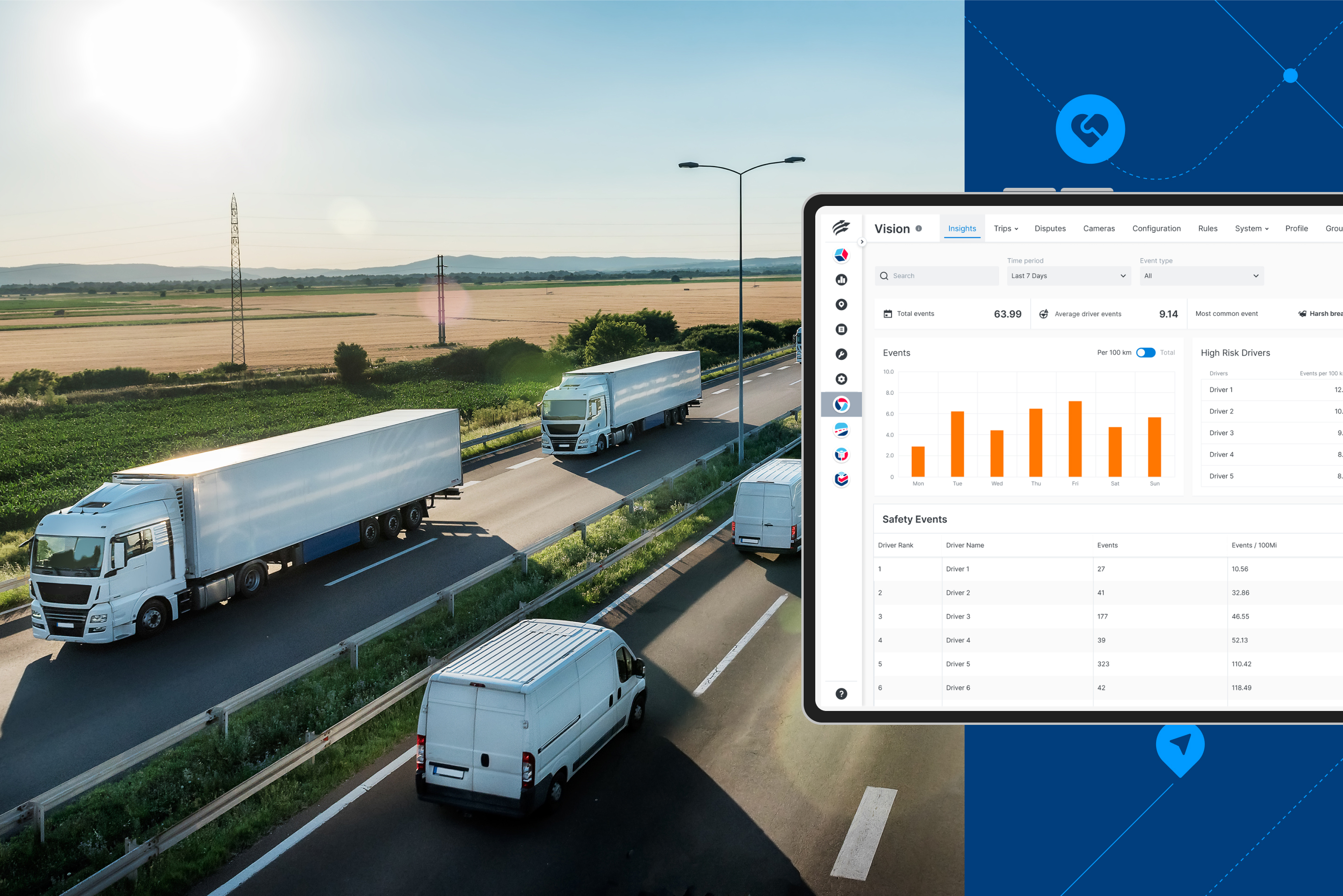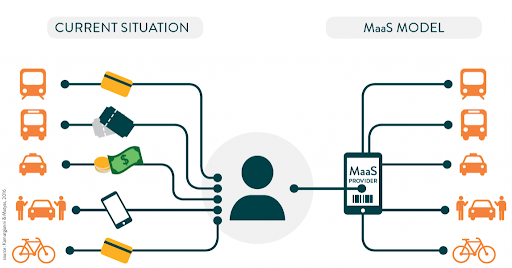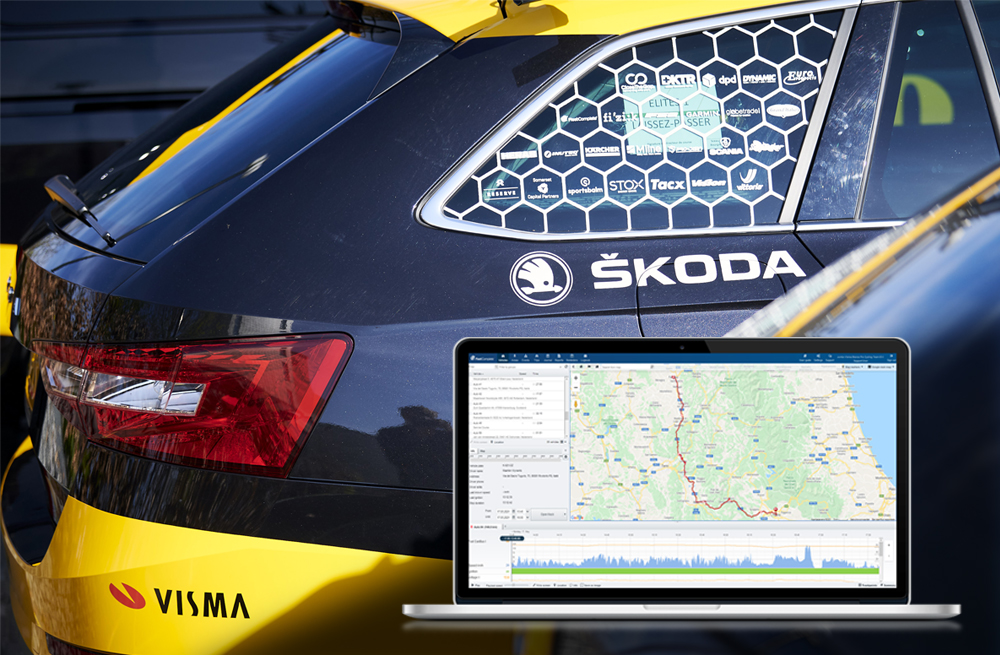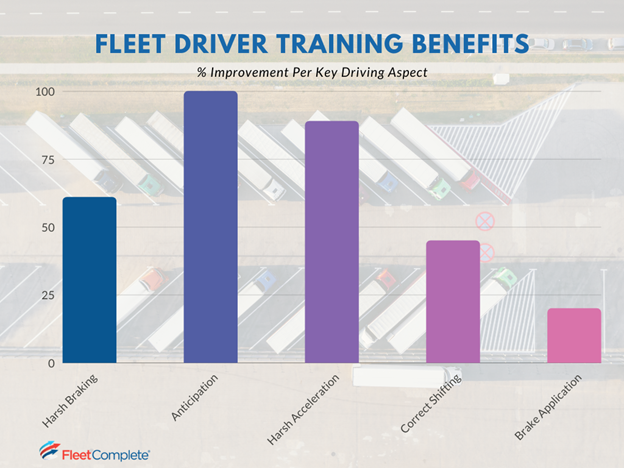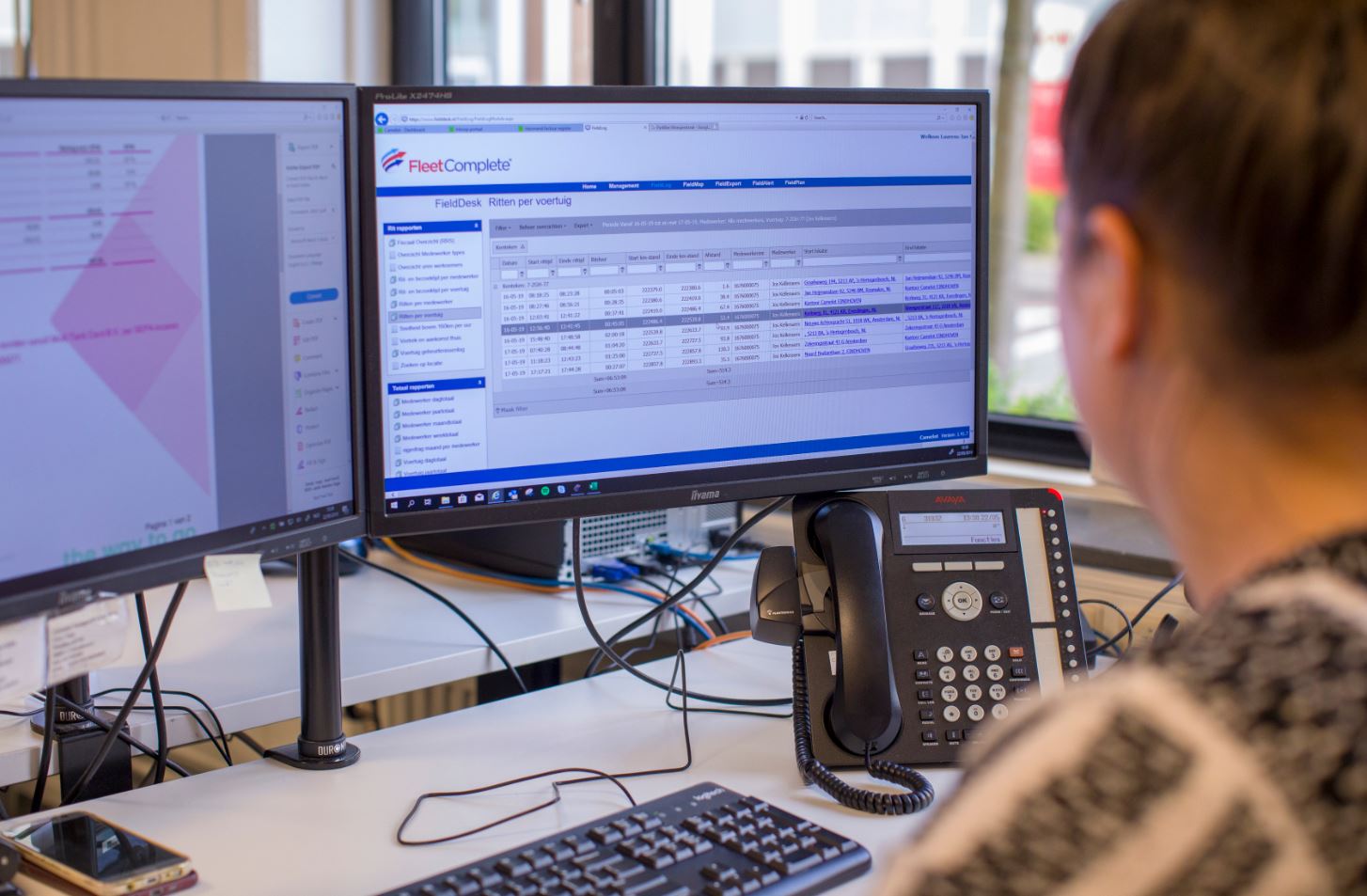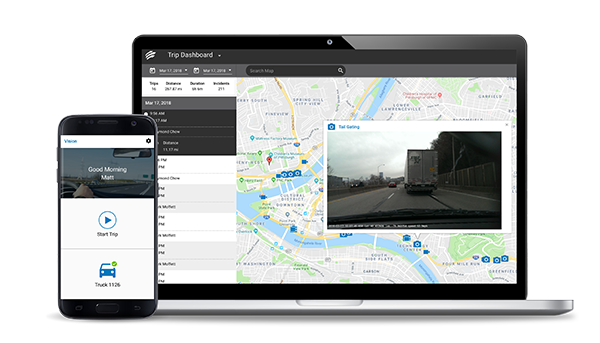Fleet tracking software helps managers oversee their fleet by collecting valuable data. If used correctly, it can help organizations cut costs and boost productivity. Positive ROI is often achieved in a matter of months: in a C.J. Driscoll and Associates study, 66% of fleets reported having recouped their telematics investment. Another survey found this was achieved within six months.
It’s quite clear: telematics is well worth the investment…but can it compete with “free”? After all, achieving ROI isn’t a concern if you don’t pay anything in the first place.
Open-source software is software with source code that anyone can inspect, modify, and enhance. There’s a lot of buzz around open-source fleet management software at the moment, mainly due to the fact there are no licensing fees, and therefore nothing to pay upfront. But what is it, and is it worth your time? Here’s what you need to know.
What is Open Source Fleet Management Software?
Before we dive into open-source fleet management software, let’s take things back a bit.
What is Open Source?
For those acquainted with the term, open source is a term that refers to something the public can modify and share. Wikipedia is often referred to as being open source because its content is written and edited by volunteers. This label isn’t completely accurate, but it’s a good starting point that taps into the ethos of open source: it is community-focused and run.
When it comes to software, however, things get a bit more complex.
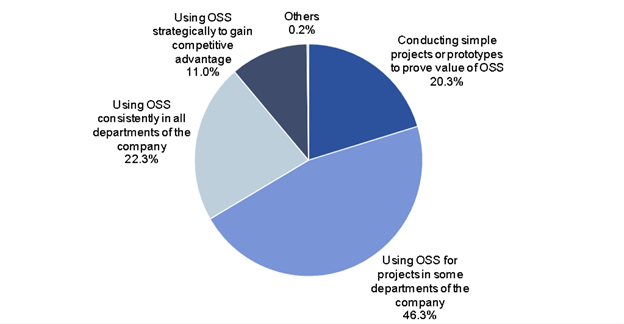
More and more businesses are adopting open-source technology as part of their IT strategies. As the above chart shows, most are taking a partial-rollout approach (Image Source).
What is Open-Source Software?
Open-source software refers to a way of creating programs. It’s an approach (“the open source way”) that promotes the values of shared products and projects, collaboration, transparency, community-oriented development, and rapid prototyping.
According to opensource.com —
“Source code” is the part of software that most computer users don’t ever see; it’s the code computer programmers can manipulate to change how a piece of software—a “program” or “application”—works. Programmers who have access to a computer program’s source code can improve that program by adding features to it or fixing parts that don’t always work correctly.
When source code is considered open-source, it means that the code is visible and available for modification.
What Are the Advantages of Open Source Software?
1. The Sense of Community
Open-source software is created, modified, and enhanced by the crowd. This means the software is often created by communities with a common shared interest and are united in their efforts to improve the solution. Having a whole crowd behind the software can also lead to faster development and troubleshooting.
2. Transparency
With open-source software, you get to see the codebase yourself, including developments, changes, and bug fixes.
3. Lower Upfront Costs
Open-source software isn’t always free, but there are no licensing fees, which means the upfront cost is lower.
4. Merit-based Solutions
Every decision is based on making the product the best it can be because there is no bottom line. With profits taken out of the equation, decisions can be made according to your interests.
5. No Contracts
Due to its community-based nature, there are no contracts with open-source software.
What Are the Disadvantages?
1. Complicated to Install and Use
Good user experience requires a considerable investment of time and money. Many open-source fleet management tools have poor, clunky interfaces and can be tricky to set up. This could eat into the manager’s and driver’s time as they struggle to understand the new tools. There may also be a low commitment to its use if the tools are not user-friendly.
User-friendly tools with clear displays make it easier for everyone to use the equipment. It also speeds up the rollout.
1. Poor Compatibility
Some proprietary hardware needs specialized systems to run it. Often, these are only available from certain manufacturers, which adds to the cost. There may also be issues getting it to work with your existing software and systems. It’s a risk that could cost you more than time.
2. No Warranties
Open-source software licenses usually contain limited or no warranty. This can cause issues with insurance.
3. Hidden Costs
Open-source software isn’t always free, and many have been lured in only to find themselves worse off. Open source can be a major burden, rife with hidden costs, including the following:
- Set up: New hardware may be needed to use the software.
- Installation: It takes time to install the system, or pay someone to do it for you.
- Training: Rollout typically involves training, but more time might need to be invested with open-source software due to unfamiliar features and complicated interfaces.
- Customization: The software may need to be modified to fit your needs. This will take time and eat into budgets.
- Maintenance: Updates, bug fixes, deployments>—with open source software, costs soon add up, often at unpredictable times.
- Support: You will need to invest in third-party support services.
Open-Source vs. Proprietary Software: Which Is Right for You?
Open-source software is rarely as user-friendly as paid-for options. Poor functionality can be a real pain for the busy fleet manager>—as well as their drivers. With this option, keep in mind there will be hidden costs, especially from training your team to use the tools properly.
Another major downside is the lack of support services. You’re at the mercy of the community>—which, while helpful, might not be as available as a dedicated team. Also, if the software is niche, then the community may not be as big as other applications. This could mean slower responses, less comprehensive support, and less reliable security.
Proprietary software takes the fuss out of installation because there is a dedicated team of experts on-hand to help you. This means easy integrations, timely compliance updates, and a whole team of pros to support you and help you get the most from your technology.
Specifically, with Powerfleet’s (formerly Fleet Complete) fleet tracking platform, you can enjoy the peace of mind that comes from knowing your vehicles and data is compliant, reliable, and secure.
With Powerfleet (formerly Fleet Complete) solutions, we also understand that no two businesses are the same, so why should your technology be one-size-fits-all? This is why our ProServices team makes customizations around your organization and builds out a user experience that best fits your environment. This includes custom integrations to help you get set up faster – and cheaper.
Bottom Line
While the label of ‘free’ can be enticing, it’s a misleading title for open-source fleet management software. The hidden costs quickly add up, and the drawbacks – including difficult installation, lack of support, and heavy maintenance – can make achieving ROI a tough task.
With Powerfleet’s (formerly Fleet Complete) fleet management solutions, we eliminate these obstacles through simple installation and integration, top-notch support, and customization options to suit your company’s needs.
To find out how our fleet management software can help your business, learn more by requesting our Powerfleet (formerly Fleet Complete) demo. Our experts are available to talk about your goals.















